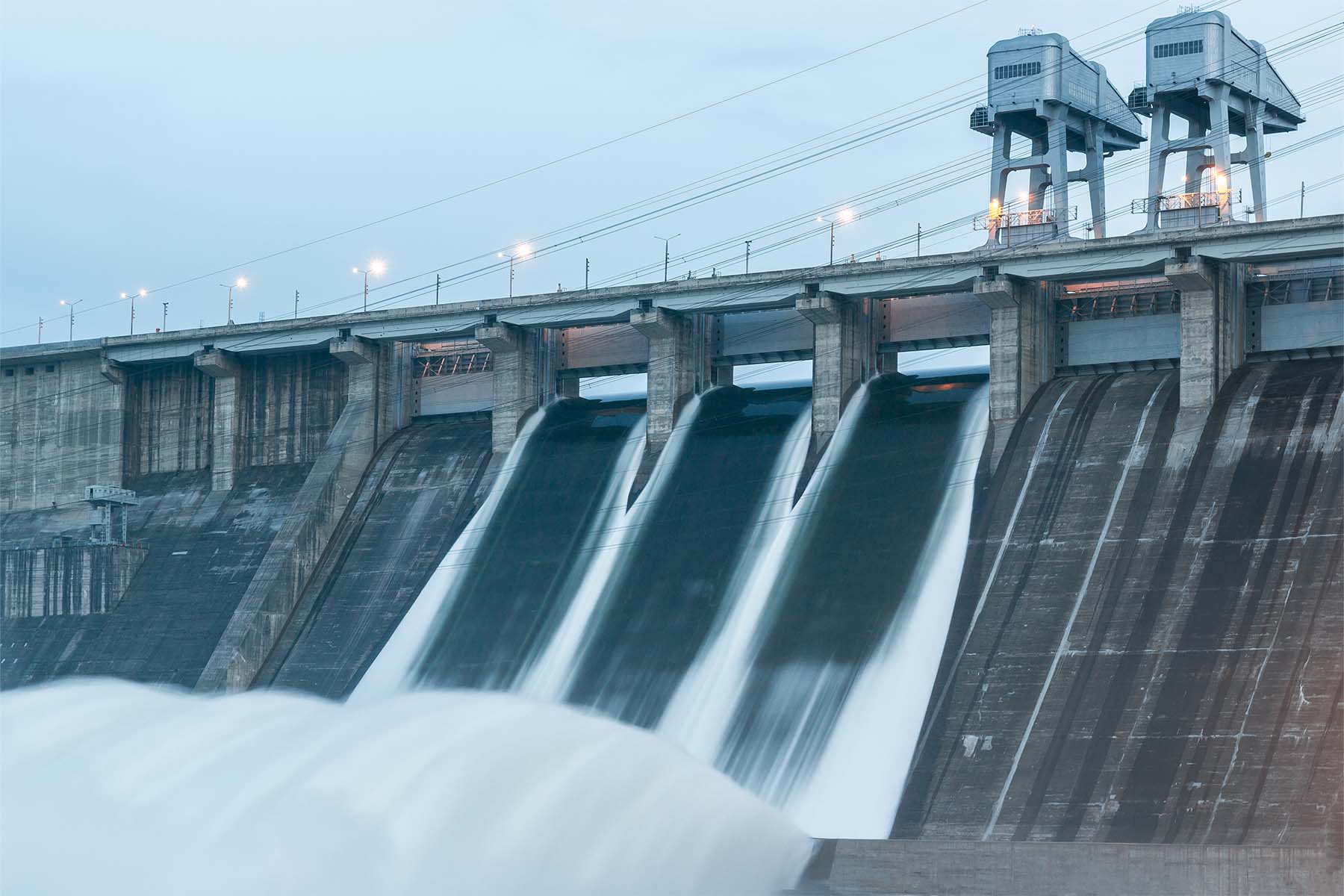By Ir. Zainal Abidin bin Othman
Chairman/Director SMEC Malaysia Sdn Berhad
The Kenyir Dam Hydroelectric Power Station, also known as the Sultan Mahmud Power Station in Hulu Terengganu, was shut down on February 27, 2022, due to a massive landslide on the left abutment downstream of the main dam.
The landslide brought down several transmission towers, transferring power out of the station.
This was the first major incident at the station since its commissioning in 1985, almost 37 years ago.
It was reported that all TNB dams are inspected for structural integrity every six months and subject to a Dam Safety Review by an Independent Dam Expert every five to seven years, which includes dam-related structures such as spillways, intakes, and saddle dams according to the CEO of TNB Datuk Baharin Din (Bernama, 8 March 2023).
TNB, as reported, took immediate action to repair the damaged works and the plant was back in operation in phases from June 19, 2022.
In October 2023, it was reported by The Natural Resources, Environment and Climate Change Ministry (NRECC) that eight dams have been damaged and could pose a threat to residents and property in the event of failure. The eight dams are the Muda and Ahning Dams in Kedah, Jor and Mahang Dams in Perak, Sultan Abu Bakar Dam in Pahang, Babagon Dam in Sabah, Bakun Dam in Sarawak, and Kenyir Dam in Terengganu.
NRECC said in the report that the results of the inspection found high sediment formation in the reservoir, damage to instrumentation and water control equipment, seepage, damage to the integrity of the concrete structure, soil erosion, and signs of collapse. (Bernama, 2 Oct 2023).
Following the news, it was reported that Sarawak Energy Berhad, the owner and operator of Bakun Dam, said that they have already addressed issues raised by the Dam Safety Flying Squad concerning the safety condition of the dam, located in Belaga district in the state’s interior (Malay Mail online, 3 Oct 2023).
On 23 October 2023, the Chairman of the National Water Services Commission (SPAN) announced that seven dams in Malaysia had been identified as ‘high risk’ with the potential to cause water supply problems to water treatment plants in case of any dam function failure. (New Straits Times, 23 October 2023). The dams identified were the Pedu and Muda dams in Kedah, Durian Tunggal, Asahan, and Jus dams in Melaka, Mengkuang dam in Penang, and Linggui dam in Johor.
The above showed the silo administration in dam management in the country. Multiple parties appear to be in charge and may at times create confusion. Streamlining the management and maintenance of these assets is imperative before any calamity strikes. Accordingly, the Malaysia Dam Safety Management Guidelines (MyDams) was published by the Department of Drainage and Irrigation (DID) in 2017. This document took five years to complete upon the directive given by the Cabinet in 2012.
MyDams provides dam owners, operators, and government agencies with practices that should be considered during the lifecycle of a dam covering investigation, design, construction, commissioning, maintenance, operation, safety surveillance, safety review, emergency preparedness, rehabilitation, and the life cycle management of dams. It is established in line with internationally recognized practices.
The Guidelines are not mandatory for dam owners to adopt and implement the recommendations of the guidelines but there are strong and valid reasons for them to do so. In the absence of any dam safety Act, there is no specific legislation that regulates dam safety.
As reported in June 2023, the government plans to make the MyDams a mandatory requirement soon, according to the then NRECC Minister, Minister Nik Nazmi Nik Ahmad. (New Straits Times, 14 Jun 2023). It is understood that the guidelines are undergoing a five-yearly revision and improvement now.
This reinforced the statement made in 2019 by the then Minister of Water, Land and Natural Resources Minister, Datuk Dr A. Xavier Jayakumar who said that once the law is in place, owners of all dams would have to report to the Federal government on any activities at the dams to ensure their safety.
It is reported that the Dam Safety Act is in the drafting process and considering the publication of the MyDams which took 5 years to complete, it is then expected to see the Act being ratified no earlier than 2026. This legislation is significant to the industry to improve any deficiencies in the dam safety management system of dam owners.
As for now, there is the Flying Squad to fill up the gap in resources to manage the safety of dams in the country. However, there is a real need to establish a government body (Federal and/or State level) to regulate the development and operation of dams to manage dam owners/operators, particularly those who are not in line with good international practices.
The dams are getting older and the more they are being left unattended, the higher the risk of failure. Unless a dam fails, dam safety is not usually in public view, although it is an issue that affects the safety of thousands of people who could be living and working in the path of a sudden, deadly dam failure. The Libyan Derna Dam collapsed in September 2023 and is a good example of dam failure due to neglect in maintaining the integrity of the dam.
As it is, the guidelines are in place, but it is not mandatory unless there is a complementary legal provision to force owners to strictly follow MyDams. But again, the existence of a legal provision may not guarantee compliance. Like everything else, there needs to be a knowledgeable group of professionals to enforce the statutory obligation for dam safety.
5 March 2024







